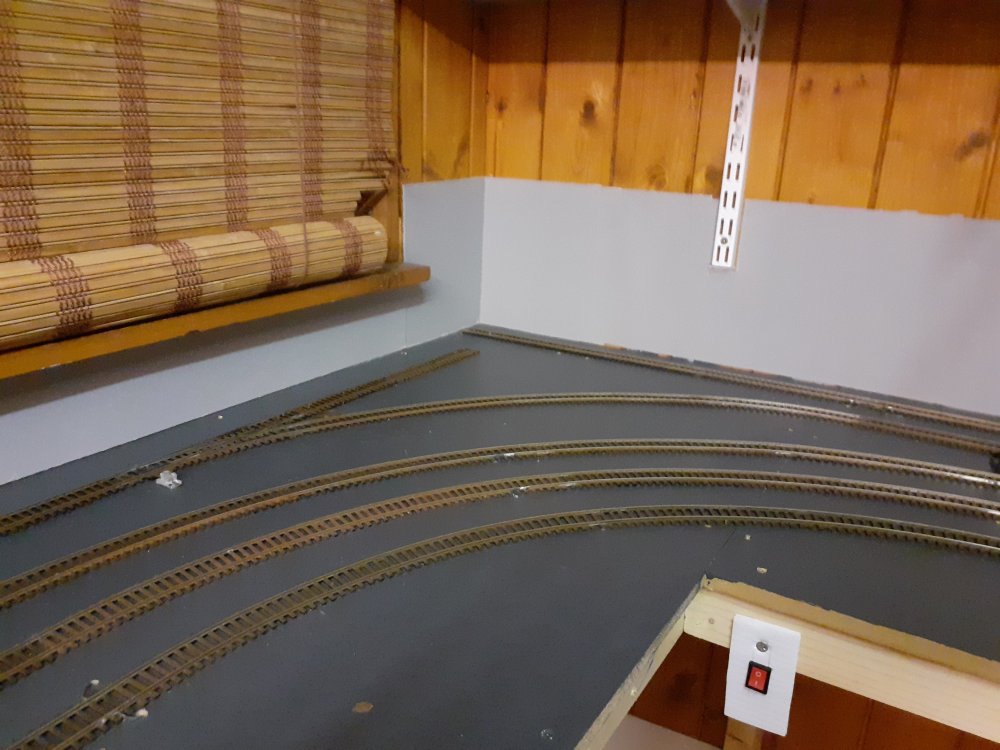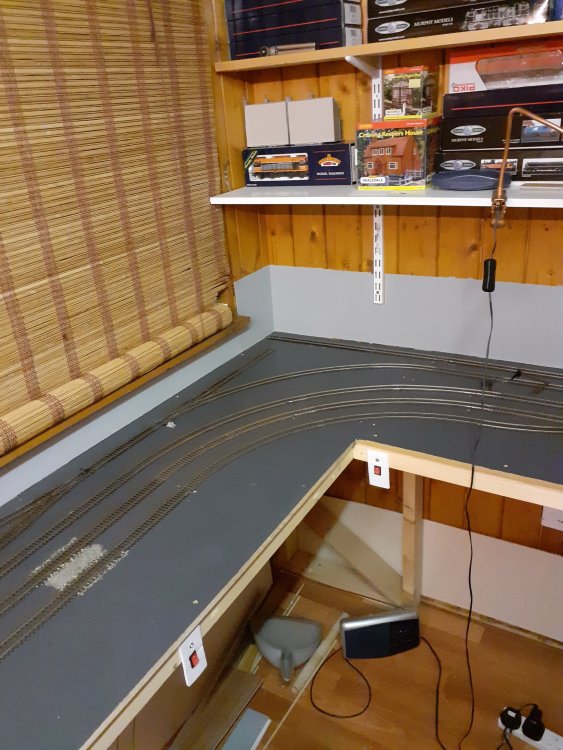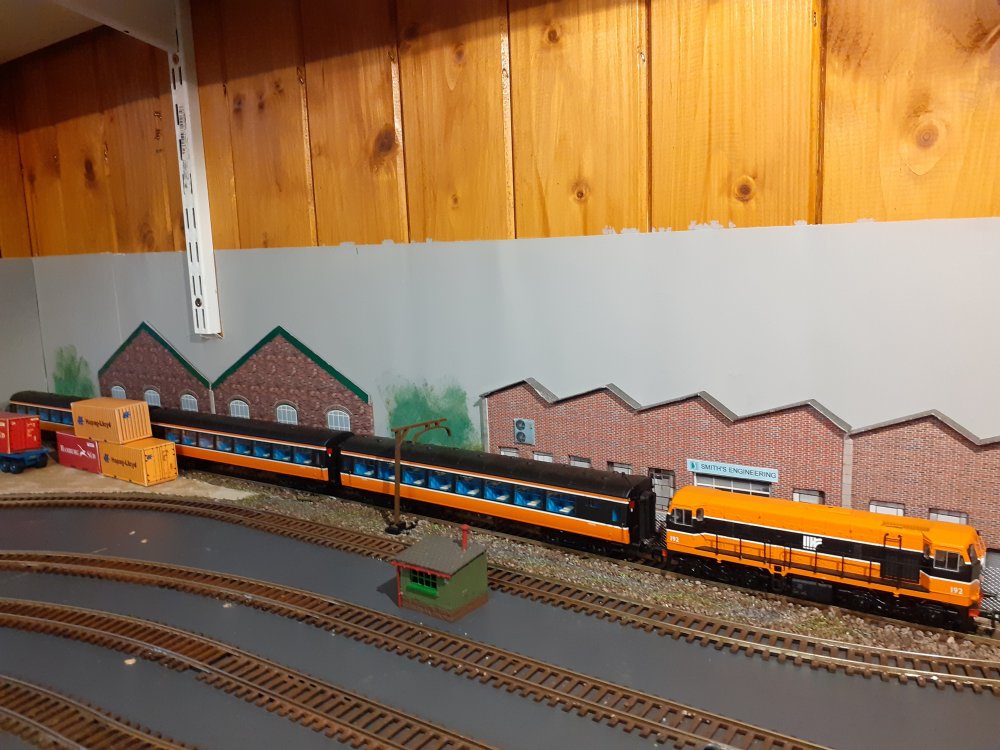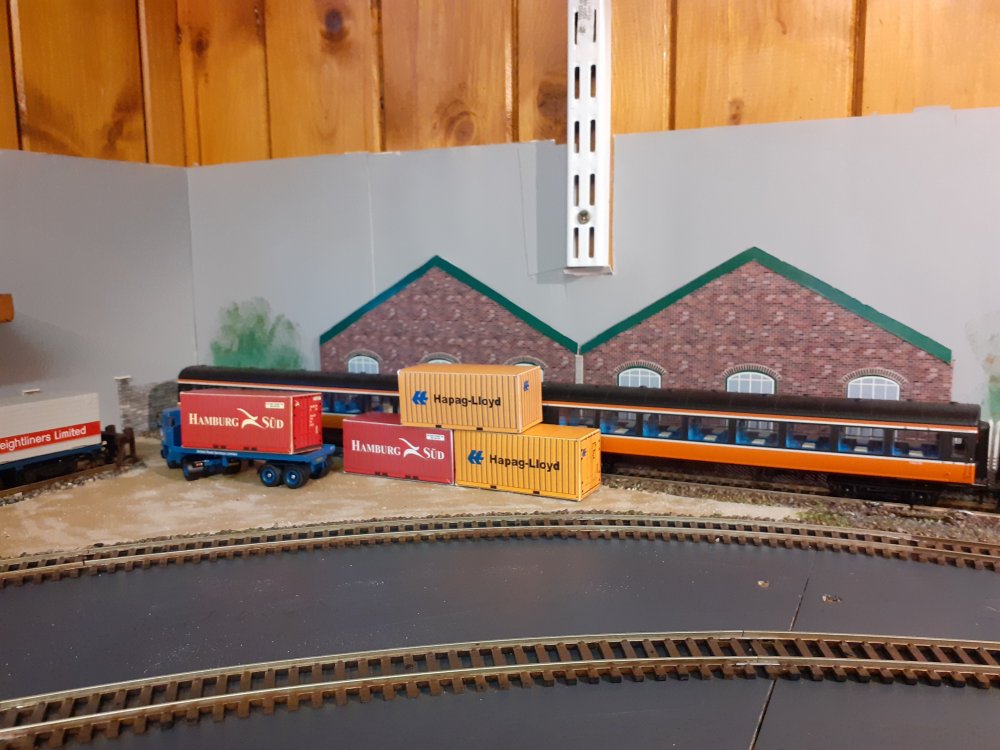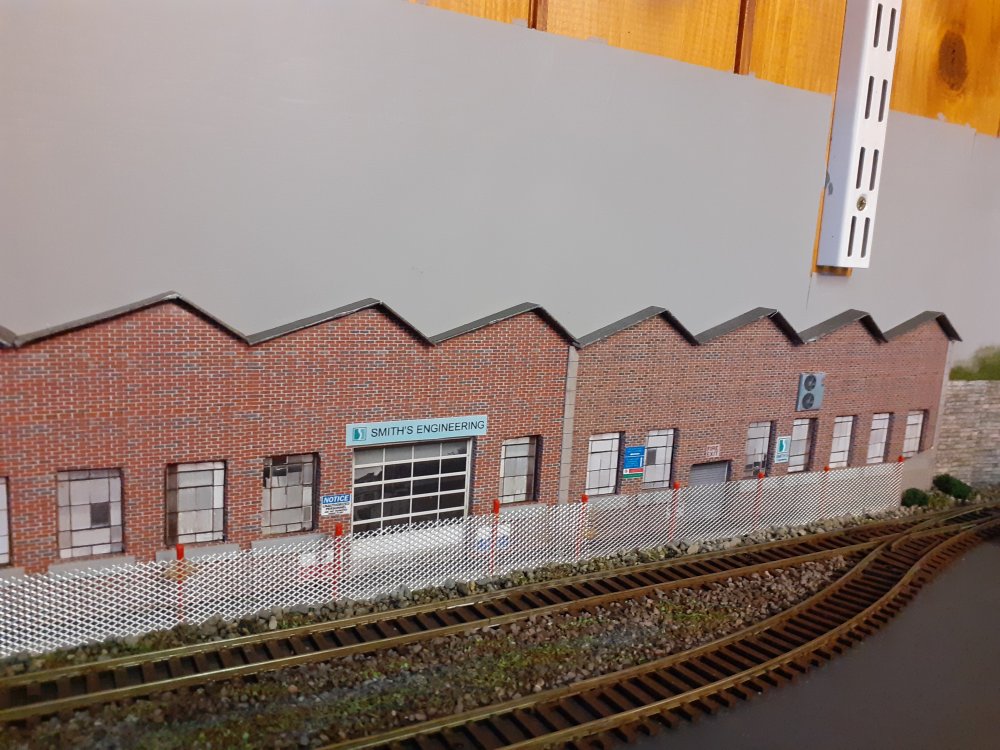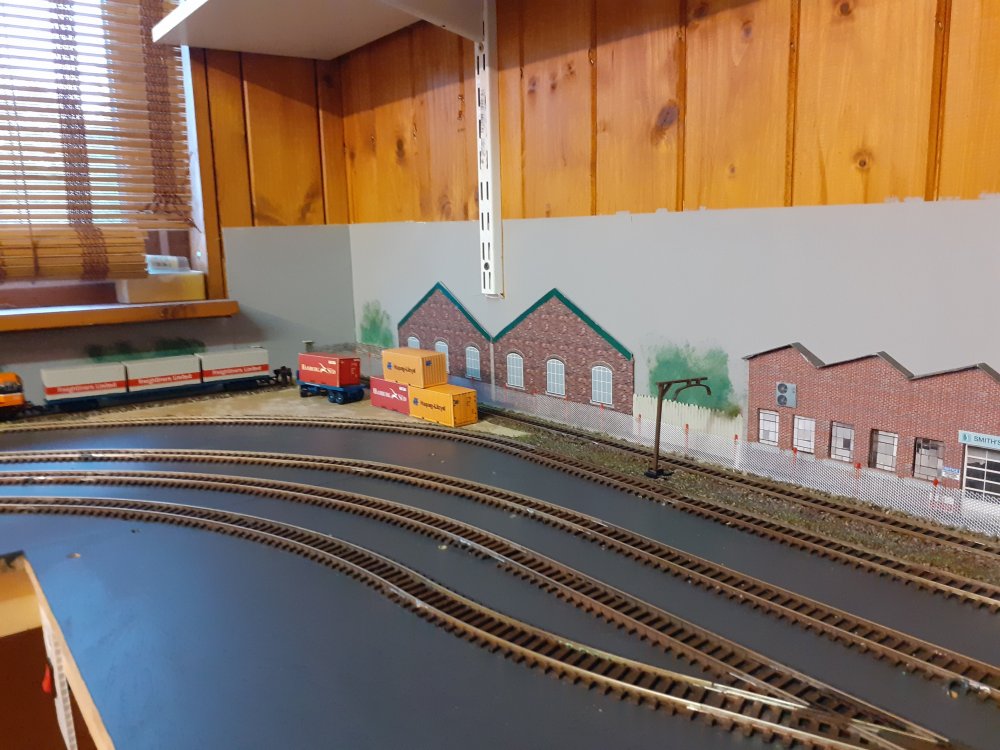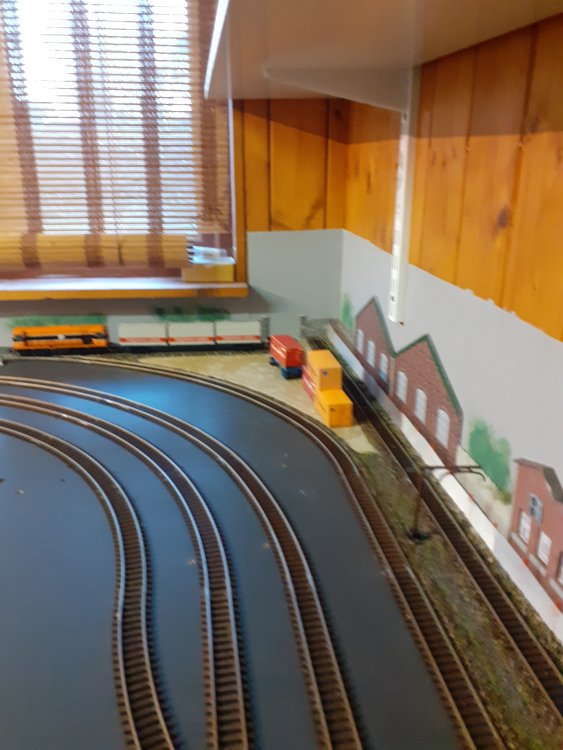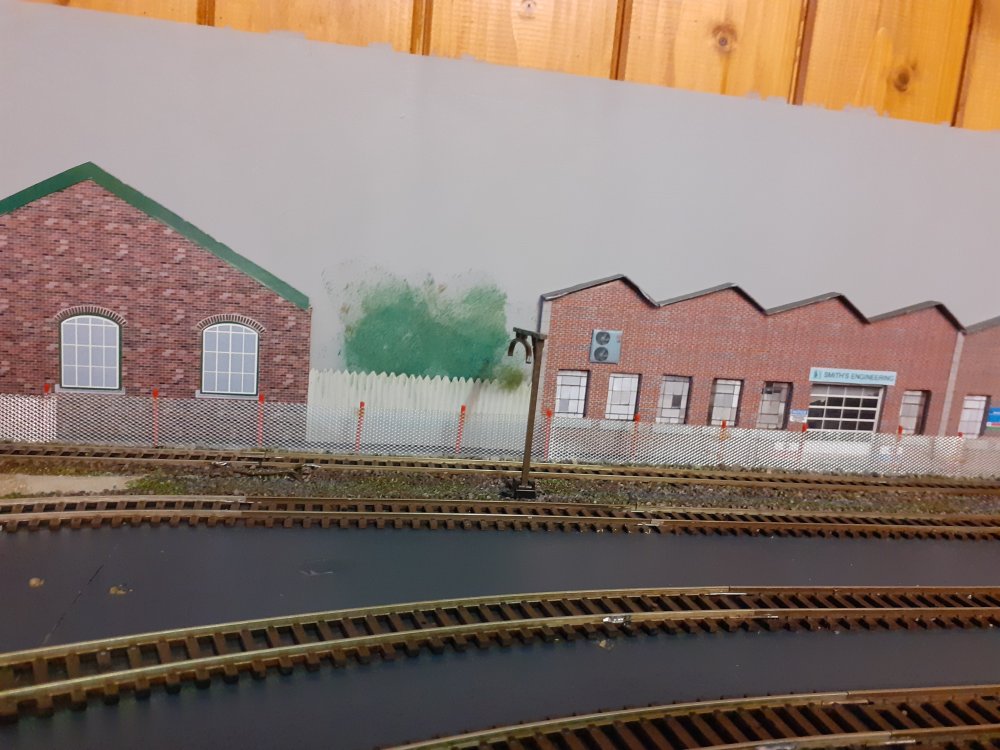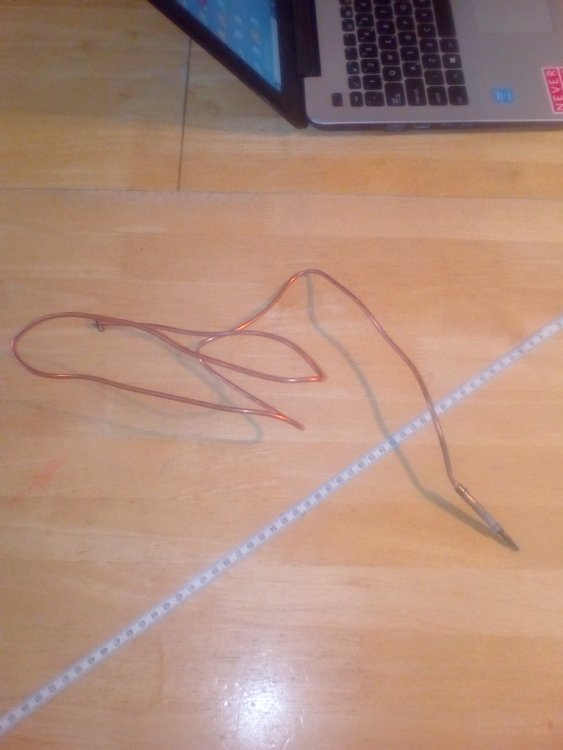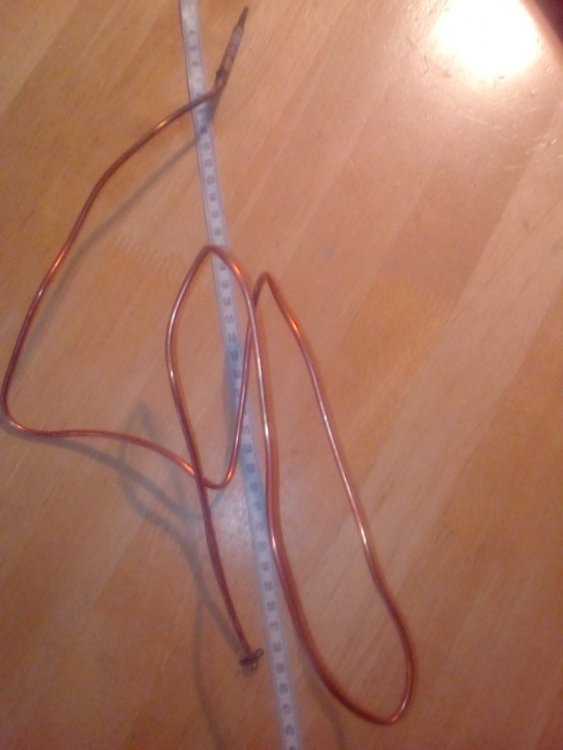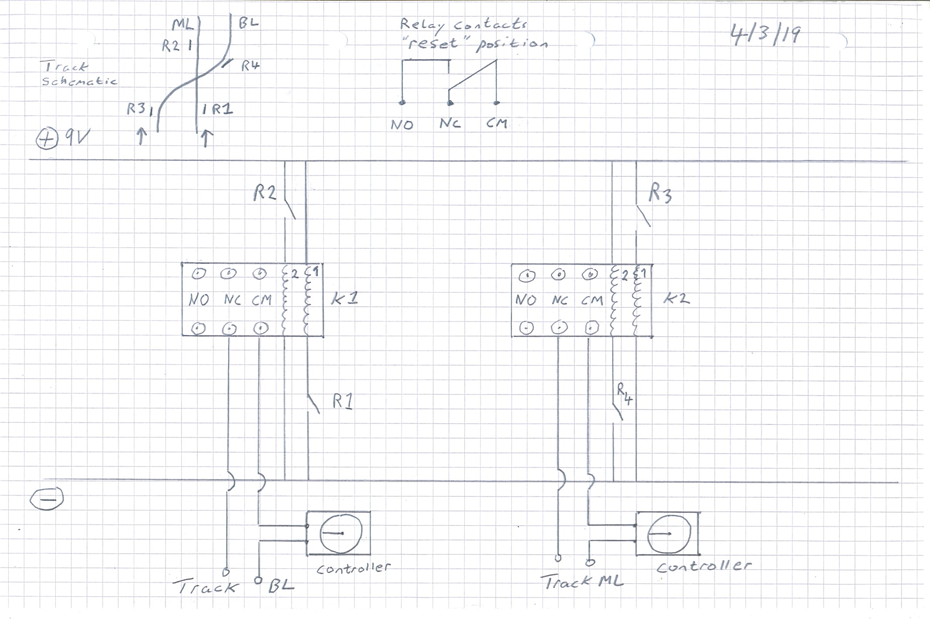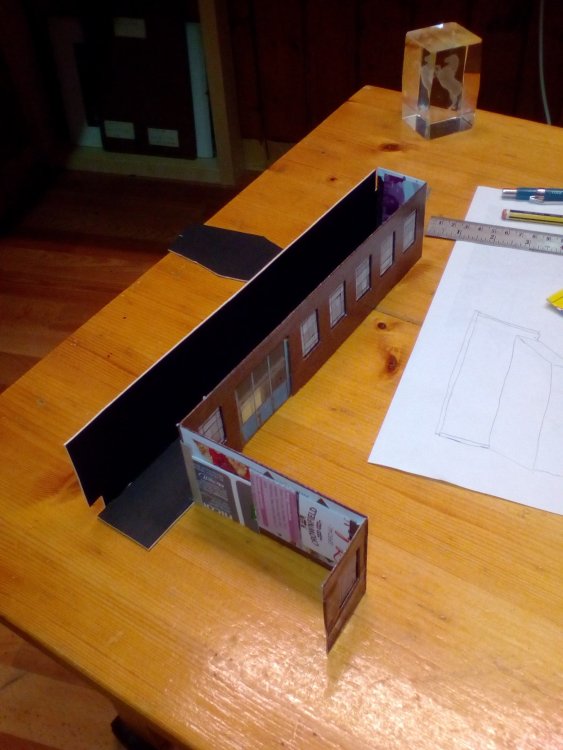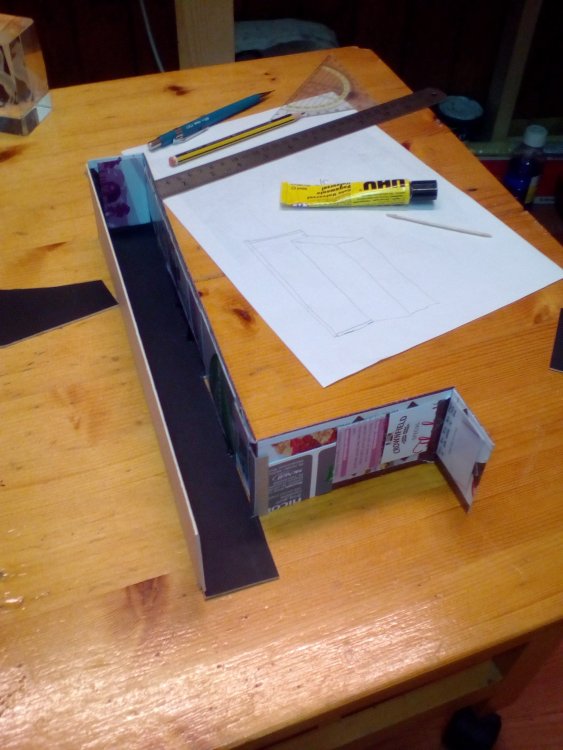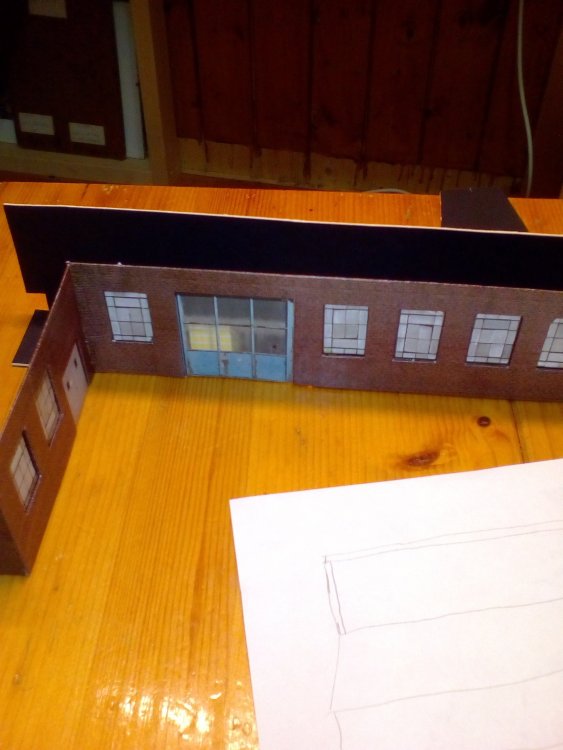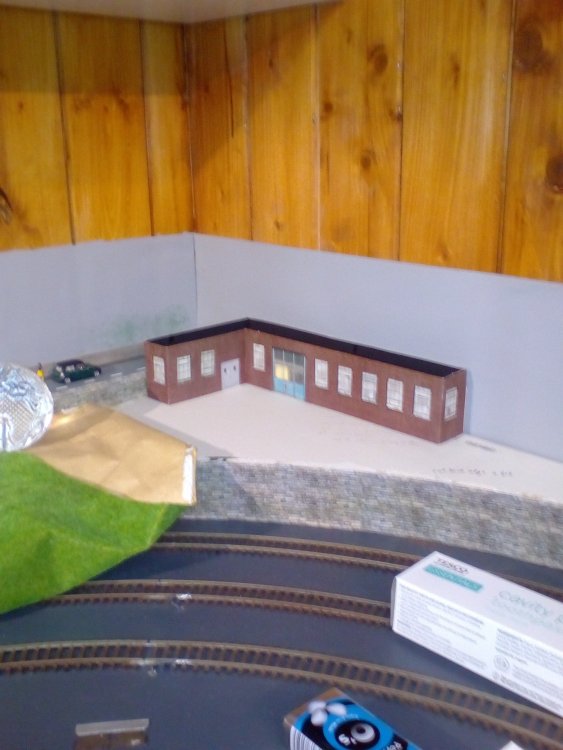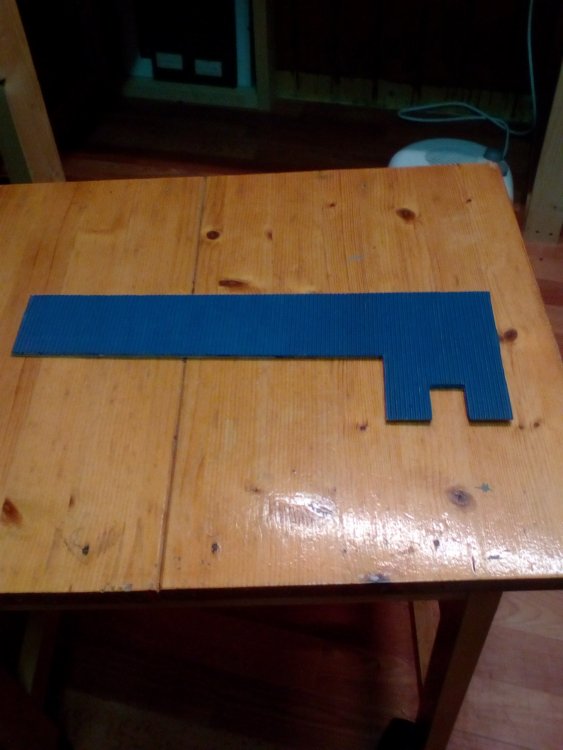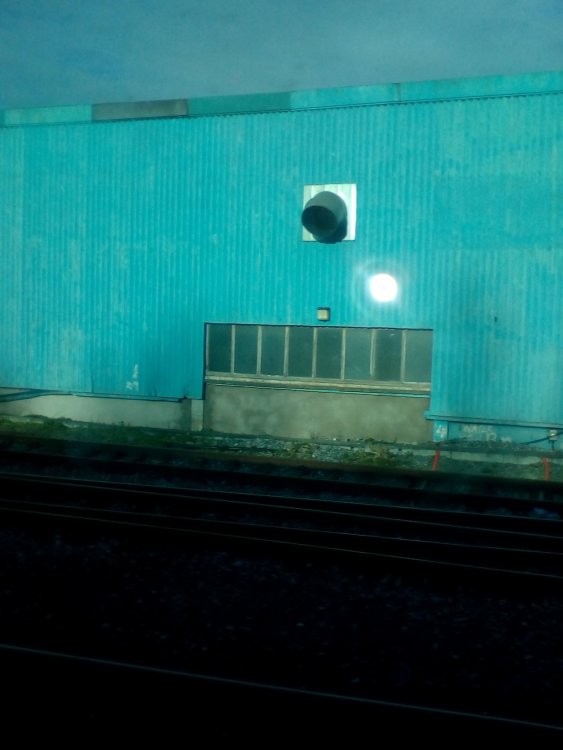
Paddy Mac Namara
Members-
Posts
180 -
Joined
-
Last visited
-
Days Won
1
Content Type
Profiles
Forums
Events
Gallery
Everything posted by Paddy Mac Namara
-
-
20ft containers. road vehicles and rail bogie
Paddy Mac Namara posted a question in Questions & Answers
Hi want to model a scene with truck containers, i can download card kits of the containers, but i want to get a truck to put them on and also a rail bogie that would be suitable. I only have space to accomodate the smaller 20 ft containers. any ideas where i could source truck and bogies thanks paddy mac -
Hi there, had some repairs done to gas oven and this tubing was replaced, thought it might of use for some detail on layout maybe piping or something. I work in town so could meet up to pass on. Its about 3mm diameter paddy mac
-
My first loco build - MGWR ‘Titania’ class 4 tank
Paddy Mac Namara replied to Galteemore's topic in Workbench
a stunning bit of work, "we're not worthy" -
more detail on circuits etc just posted on electronics forum
-
Diamond Crossing Protector
Paddy Mac Namara replied to Paddy Mac Namara's question in DCC, Electrics and Electronics
Just a bit of detail on the video posted on “Celbridge” thread. Here is a photo of the track showing the position of the reed switches and a photo of the circuit board. The reed switches are triggered by a magnet underneath the loco. The circuit diagram is shown below, at top of diagram, a schematic of the track with sensors and a diagram of how the pin contacts on the relays work Relay K1 has power to the track connected thru contacts NC (normally closed) and CM (common). The default for the relay is called the “reset” condition. Thus current flows thru NC-CM. So the Branchline (BL) has power “on”. If loco on ML triggers reed switch R1 current flows thru coil 1 of relay K1 and “sets” the relay, this will then switch the contacts from NC-CM to NO-CM so BL is now power “off”. (NO is the normally open contact on the relay). When the loco on ML triggers R2 current flows thru coil 2 of relay K1 and “resets” it back to default, so BL has power “on” Relay K2 operates in the same way and switches power on/off to Mainline (ML). The circuit operates on a first come first served basis, whichever loco reaches the junction first switches off power to the other loco. At the moment the circuit can only work in one direction, I think I can get it to work “both ways”, but I’m having some difficulty at the moment When and if, I ever get around to actually wiring this up on the layout, I will be switching power on/off on isolated sections, so I won’t have locos suddenly stopping dead on the tracks far away from the diamond junction. This project is still evolving and I’m in no major hurry as I have control of the diamond crossing with simple on off buttons. I have two tracks going across the junction, so double the wiring. I have done some coding with Arduino microcontroller and reed switches with some success, but it’s debatable if using software will simplify things as I still need relays to switch on/off current. For those of you unfamiliar with Arduino, it is, I suppose a hobby version of a PLC (used in more industrial applications), very cheap about €30 , very popular for student projects and hobbyists -
I got the card at work, Bolton st college, we have printing department. So its not commercially available. Try Evans art supplies in town for mounting board or something similar.
-
have a look at the last post on this thread it might help to explain a bit, i will be posting more detail on same forum later
-
I’ve done a bit more work on my diamond crossing protector again using reed switches but I am using two latching relays this time, it operates on a first come first served basis, you can see what I’ve done in the video below. I’ll put more detail with circuit diagrams etc on the electrics and electronics forum for those who may be interested.
-
I’m sure many of you have done this before, but for those who haven’t I hope its of interest Paddy Many continuous run layouts have a lifting flap to allow access to a central operating well, so this means cutting the track. I was adding some additional sidings to my layout and figured I would log my progress. Line up your track across the gap, best if gap is in the middle of sectional track and not too near joins. Do some test runs to be sure this is what you want. Cut away sleepers either side of the gap to allow a piece of copper clad circuit board fit under it. I used 70x100x1.5mm single sided, which fits snugly under Hornby track. Cut circuit board to size as required and grind away copper in the middle (or you’ll have a short circuit). Sand the copper side, it makes it easier to solder to. Screw the circuit board down on the baseboard, I use one screw it allows for a little rotation, if needed for adjustment. If baseboard is MDF screwing into it will produce a little lump where the screw pulls up the material as it goes down, so you will need to unscrew and sand this off. Now if everything is in place correctly, (you need to get this right first time so double check) pin down the track either side of the join, firmly but not too much, you want the track sitting securely on the baseboard, but not pressing into it, otherwise it will want to spring back up and exert an unwelcome tensile force on your solder joints. Solder the track to the to the copper clad board. I like a good big blob, solder is quite strong and a larger blob reduces the stress exerted by any external forces. I’ve soldered wires to the board also, these will go under the board and be connected using easy release connectors which will ensure electrical continuity across the track. Now you can cut the track with a Dremel and metal cutting blade. You're good to go!
- 1 reply
-
- 1
-

-
ciaran thats a great use of space for a continuous run layout, trying to figure out where the track goes after the tunnel, do you have a track plan?
-
hi there, love the layout, i like to see my trains run around, and the elevation, always wanted to try that....more details please. also do you have a name...i don't quite get the use of sobriquets on the forum...or god forbid avatars...what are we.... 12? cheers patrick michael mary (yes!) mac namara
-
just checking guys, is the bray wheelers swapmeet/sale still on next sunday? cheers paddy mac
-
OO Irish freight wagons, vans etc
Paddy Mac Namara replied to Paddy Mac Namara's topic in Irish Models
Hi all, and many thanks for all the help. I would like to acknowledge the generosity of spirit shown by members of this community, for your time in responding and sharing of your knowledge. I remember only a couple of years ago, wrenneire (dave?) you gave me some track for free, and very useful it was too. I'm at this about 12 years now and on my 4th layout, but still so many skills to learn and master. cheers guys (no gals on the forum...i'm not sure) -
OO Irish freight wagons, vans etc
Paddy Mac Namara replied to Paddy Mac Namara's topic in Irish Models
sorted, looked at some photos online, dirty grey with lots of weathering seems to the answer -
OO Irish freight wagons, vans etc
Paddy Mac Namara replied to Paddy Mac Namara's topic in Irish Models
-
OO Irish freight wagons, vans etc
Paddy Mac Namara replied to Paddy Mac Namara's topic in Irish Models
some great suggestions there lads and fab work on the respray jobs. wrennery, yes i would be interested where is the bray wheelers gig on cheers paddy mac -
OO Irish freight wagons, vans etc
Paddy Mac Namara replied to Paddy Mac Namara's topic in Irish Models
thanks for all the replies/advice it'll take me a while to consider, thanks again paddy -
OO Irish freight wagons, vans etc
Paddy Mac Namara replied to Paddy Mac Namara's topic in Irish Models
thanks Fran, no shame trying to earn a living. -
Hi all, any ideas for where i can get irish wagons etc for my layout, or even hornby/dapol/bachmann stuff that wouldn't look to out of place. i'm flexible on the era, 70's ,80's, 90's. not kits though. RTR cheers paddy mac
-
cheers rob, track is Hornby, painted with acrylic "burnt umber", of course no ballasting done yet, i have so much track i'm not looking forward to that job
-
Plaster is usually white when fully dry.
-
A lot more detail added to station throat. Warehouse building is using templates and brick paper from card kit download. Blue warehouse cladding is corrugated paper painted, well, blue, inspiration for this colour is from loco cleaning building in Heuston station. I’ve shown some of the stages in the production of the card model, which will be old news to most of you, but I hope will be of interest to newer modellers. Fencing around warehouse is made with car repair mesh from Halfords, and those really thick long matches. So where am I going with all this, you might ask….or not. Originally, I wasn’t intending on having a road overbridge here, just the cutting. But I commute to Dublin Heuston and look out the window… a lot, and there is a road overbridge on the way in, so I thought why not, and it gives a scenic break to the flatness of the layout, and I think we all like to see our trains appear from under a bridge. On the way into Heuston there are offices close to the railway line at Inchicore and this is the inspiration for the warehouse. So, the layout has morphed into a 4 track through station like Celbridge with a taste of the complexity of track and industrial/commercial activity on the way into Heuston. On the south side of Celbridge we have fields and on the north side a golf course, so not a whole lot to model. Although I’ve never seen a golf course modelled….so maybe next time.
-
i meant on the emabankment?
.png.c363cdf5c3fb7955cd92a55eb6dbbae0.png)
